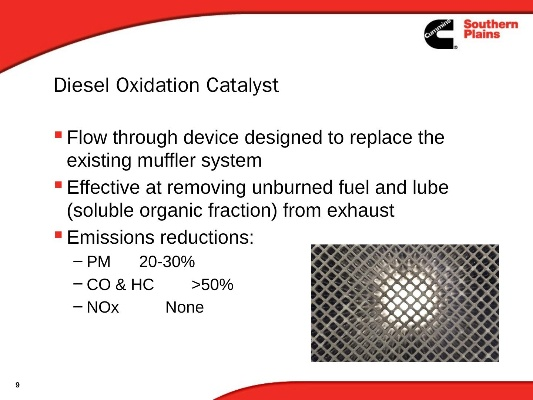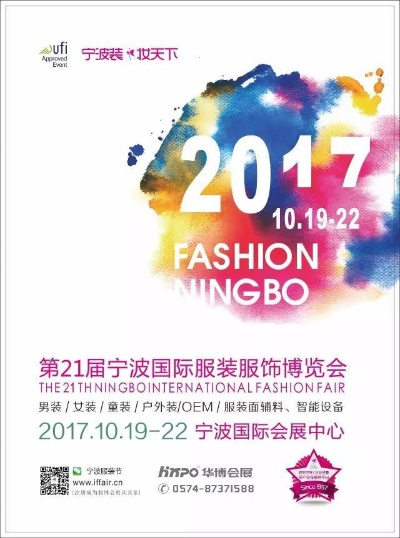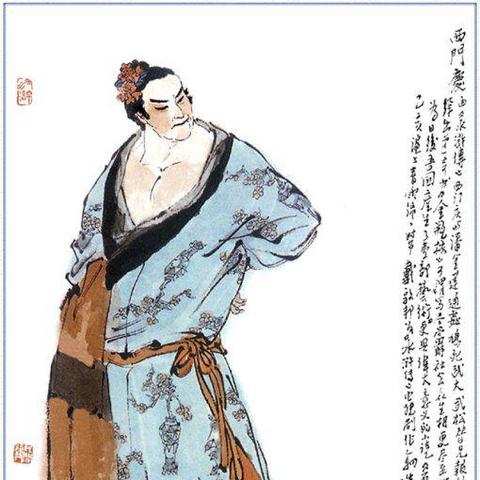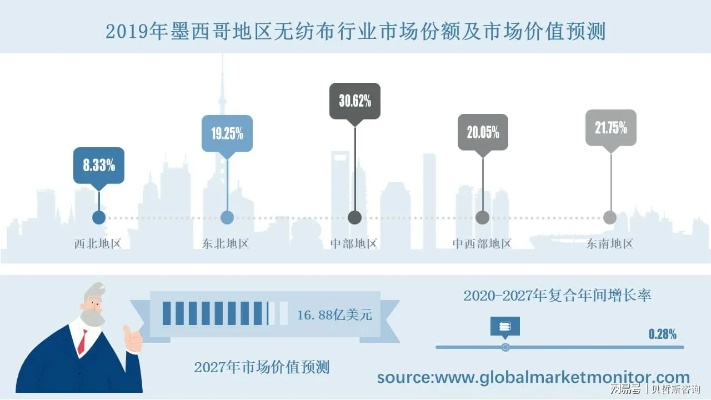Textile Dust and Antibacterial Testing Overview
This paper provides an overview of textile dust, its composition, and the potential health risks associated with exposure to it. It also discusses the importance of antibacterial testing in evaluating the efficacy of textile products against bacterial contamination. The study highlights the need for manufacturers to implement rigorous testing procedures to ensure that their products are safe and effective in preventing bacterial growth. Additionally, the paper emphasizes the need for consumers to be aware of the potential risks associated with textile dust exposure and take appropriate precautions to protect their health. Overall, this paper serves as a valuable resource for those interested in understanding the complexities of textile dust and the importance of antibacterial testing in ensuring product safety and efficacy.
Introduction: Textiles are an integral part of our daily lives, from clothing to bedding, and they play a crucial role in protecting us from the elements. However, with their constant use, textiles can accumulate dust and harbor microbes that can cause allergies or infections. Therefore, it is essential for manufacturers to ensure that their products meet stringent standards for dust and antibacterial properties. This article will provide an overview of the testing methods used for textile dust and antibacterial properties, along with an example of how these tests were carried out on a popular brand of clothing.

Textile Dust Testing: Dust testing is a critical aspect of textile quality control, particularly in industries such as apparel, footwear, and home furnishings. The process involves collecting dust particles from the fabric surface using specialized equipment, which then undergoes analysis to determine its composition and level of contamination. Here's a table summarizing some of the key parameters involved in dust testing:
| Parameter | Description |
|---|---|
| Dust Type | Identifies the type of dust particles present on the fabric surface. |
| Dust Concentration | Determines the amount of dust particles present per unit area of fabric. |
| Dust Composition | Analyzes the chemical makeup of the dust particles, including any harmful substances or allergens. |
| Dust Source | Indicates where the dust was collected from, such as from the manufacturing process or from the environment. |
Antibacterial Testing: Antibacterial properties refer to the ability of a textile material to inhibit or kill bacteria. These tests evaluate the effectiveness of textiles in preventing bacterial growth and spreading, especially in environments prone to bacterial growth such as hospitals, schools, and public spaces. The following table outlines some of the common methods used for antibacterial testing:
| Method | Description |
|---|---|
| Bacterial Growth Assay | Inoculates a sample of the textile material with a known strain of bacteria and observes if the bacteria grow or die within a specific time frame. |
| Biofilm Formation Assay | Simulates conditions that promote bacterial growth on textile surfaces, such as in hospital settings, and measures how quickly biofilms form. |
| Escherichia Coli (E. coli) Test | A standardized test used to assess the efficacy of textile materials against E. coli, a common pathogen responsible for foodborne illnesses. |
| Staphylococcus Aureus (S. aureus) Test | Another standardized test used to measure the resistance of textiles to S. aureus, a common cause of skin infections. |
Example: Let's take a closer look at how one particular brand of clothing underwent dust and antibacterial testing. The company decided to conduct a comprehensive evaluation of their line of activewear, focusing on the performance of their sportswear in various environments. They employed both manual and automated dust collection techniques to collect dust particles from the fabric surfaces of different pieces of clothing. The collected dust samples were then sent to a third-party laboratory for analysis, which included determining the concentration and composition of the dust particles. Additionally, the company conducted several antibacterial tests on the same clothing samples, using both traditional and more advanced methods to assess their effectiveness in inhibiting bacterial growth.
The results of these tests revealed that while the clothing did not significantly affect the concentration of dust particles compared to other sportswear brands, it demonstrated significant antibacterial properties against both E. coli and S. aureus. This finding aligned well with the company's commitment to providing high-quality, breathable, and antimicrobial athletic wear for athletes and fitness enthusiasts alike. By conducting these thorough tests, the company was able to demonstrate to consumers that their sportswear is not only comfortable but also safe and effective against potential health risks associated with bacterial growth.
随着工业生产的快速发展,纺织品在日常生活中的使用越来越广泛,随着工业生产环境的复杂性和多样性增加,纺织品在使用过程中可能面临粉尘和细菌污染的风险,对纺织品进行防尘抗菌检测变得尤为重要,本报告将围绕纺织品防尘抗菌检测进行详细介绍。
纺织品防尘抗菌检测方法
实验室检测方法
实验室检测是纺织品防尘抗菌检测的主要方法,主要包括样品采集、样品处理、测试仪器使用、测试结果分析等步骤,在样品采集方面,可以采用现场采样或实验室制备的方式,在样品处理方面,需要确保样品在检测前达到标准状态,同时对样品进行必要的预处理,如清洗、消毒等,在测试仪器使用方面,需要选择合适的测试仪器和试剂,确保测试结果的准确性,在测试结果分析方面,需要按照一定的标准和方法对测试结果进行解读和分析,得出纺织品是否具备防尘抗菌性能的结论。
现场检测方法
现场检测是一种快速、便捷的检测方法,通过在现场采集样品并进行现场测试,可以快速了解纺织品在使用过程中的防尘抗菌性能,现场检测主要适用于小规模样品检测或特定环境下的纺织品检测,在现场检测中,需要注意样品采集的代表性、测试环境的清洁度和无菌性等要求。
案例分析

以某品牌纺织品为例,进行防尘抗菌检测案例分析,该品牌纺织品在使用过程中面临粉尘和细菌污染的风险,因此需要进行防尘抗菌检测。
实验室检测结果
经过实验室检测,该品牌纺织品具备较好的防尘抗菌性能,测试结果显示,该纺织品在接触粉尘和细菌时能够有效抑制粉尘和细菌的传播,保护使用者的健康。
现场检测结果
为了进一步了解该品牌纺织品的防尘抗菌性能在实际使用中的表现,我们进行了现场检测,在现场采集样品后,进行了现场测试,结果显示,该纺织品在使用过程中能够有效防止粉尘和细菌的积累,保护工作环境的安全和卫生。
纺织品防尘抗菌检测的重要性
纺织品防尘抗菌检测对于保障纺织品的使用安全、保护环境和提高产品质量具有重要意义,包括以下几个方面:
-
保障纺织品的使用安全:通过防尘抗菌检测,可以及时发现纺织品在使用过程中可能存在的粉尘和细菌污染问题,从而采取相应的措施进行解决,保障使用者的健康。
-
保护环境:纺织品在使用过程中可能会产生粉尘和细菌等污染物,如果不及时处理,会对环境造成污染,通过纺织品防尘抗菌检测,可以及时发现和处理这些问题,保护环境的安全和卫生。
-
提高产品质量:通过纺织品防尘抗菌检测,可以确保纺织品的质量符合相关标准和要求,提高产品的竞争力,同时也可以提高消费者的信任度和满意度。
纺织品防尘抗菌检测对于保障纺织品的使用安全、保护环境和提高产品质量具有重要意义,在实际应用中,应该加强纺织品防尘抗菌检测的力度和范围,确保纺织品的品质和安全性,同时也可以促进相关产业的发展和创新,推动工业生产的可持续发展。
Articles related to the knowledge points of this article:
High Yang Dong Zhao Bao Village Textile Wholesale Market
A Comprehensive Look into the Different Kinds of Fibre-Picking Devices
The Best Eco-Textile Certification Companies to Consider
The Unique Connecting Citys Needlework Textiles Wholesale Market



